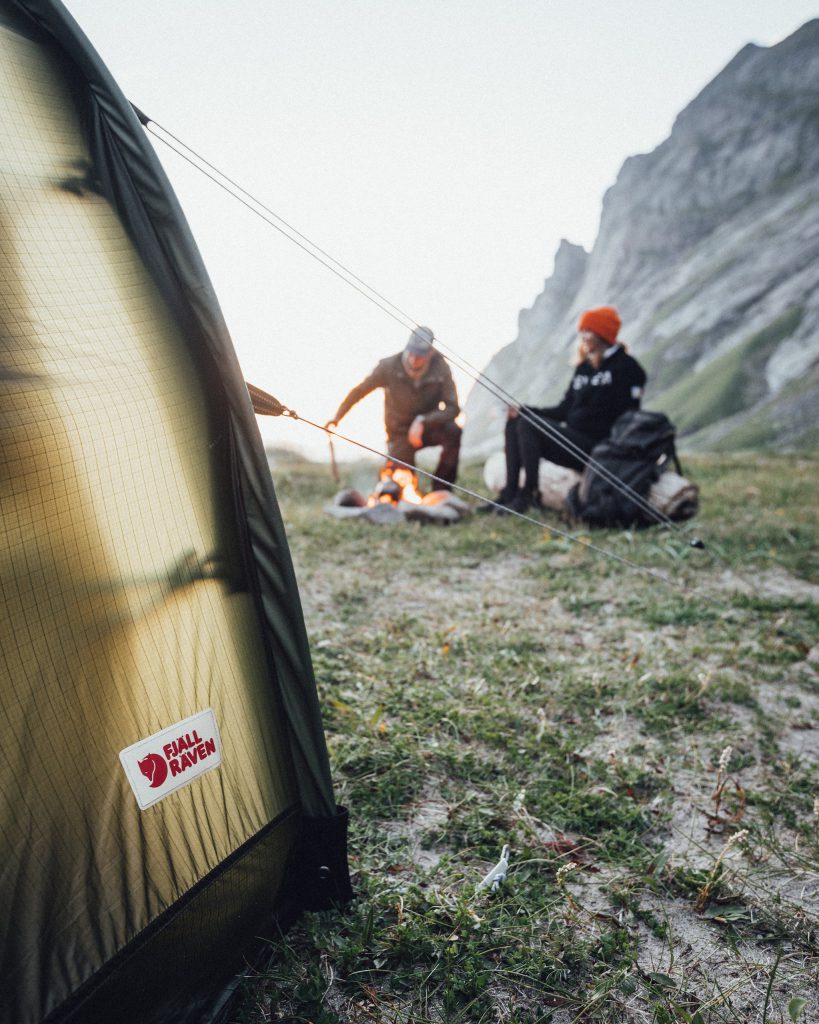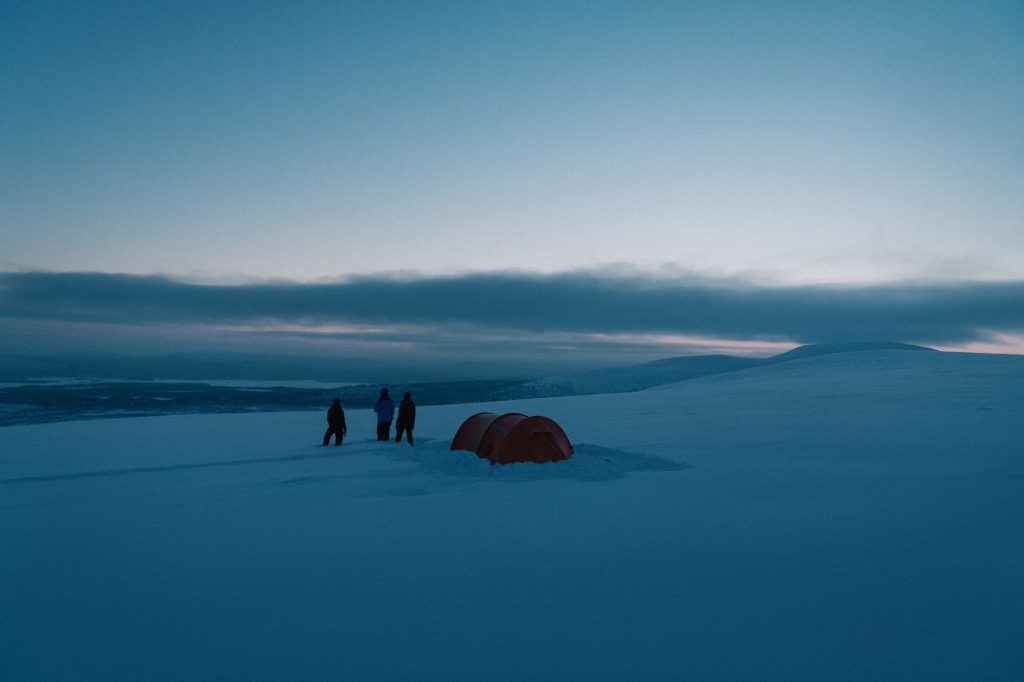Nail winter camping with these tips
Just a few millimetres between you and nature. Waking up to views that take your breath away. The freedom to call anywhere home, at least for a night or two. Falling asleep to the sounds of silence, knowing that nature is waiting for you when you wake up. That’s why we camp. We can put up with a few rain drops when we witness sunrises that set the sky ablaze. We can carry heavy loads for kilometre after kilometre just to share quiet, knowing moments of calm around a warming campfire.
But just how often do we get out there? How often do we check the weather and cancel? How often do we choose cabin over canvas? The weather and climate needn’t scupper your camping plans and the change in seasons needn’t mean anything more than extra layers, a bigger backpack and some more gear.

Most of our tents are suitable for year-round camping. In fact, our Keb Endurance tunnel tents really show their worth during the winter months. Stable, strong and well-planned they offer everything a winter trekker needs from a tent. So if you’ve yet to put your four-season tent to the test, now’s the time.
Here are five tips for scaling up from summer to winter camping (snow included).
Take extra time choosing your campsite
Shelter is even more important during winter. But you need to be aware of the risks posed by the landscape. Trees offer protection from wind, but when laden with snow they pose a risk to you and your tent. Hills also divert the wind, but avalanches are most common on slopes pitched between 30 and 45 degrees. The sweet spot is one that’s sheltered by a bank of medium sized trees on flat ground in a valley. And a spot that bathes in morning sunshine will bring welcome warmth when you wake. If snow covers the ground, tramp it down so it’s flat, smooth and firm. This will give you a good base to start from. Then dig out a hole where your vestibule will be, giving you more space to store large backpacks. Use the excess snow to cover up the tent’s side flaps, this will help stop wind from whipping up your tent.

Fuel and fire
Liquid fuel or Primus Winter Gas are better when the temperature drops below 0°c. As matches can get wet and lighter fuel may not catch, we recommend using a fire striker or a fire steel to get your campfire started. And bring back ups! If you get hungry because you can’t cook dinner you risk developing hypothermia.

Go to bed warm & stay warm
Even the best sleeping bag in the world can’t make you warm. Though any good quality sleeping bag can keep you warm. The trick is to go to bed warm. We recommend doing some jumping jacks or a short run in the snow. You don’t want to get too hot that you start to sweat; just enough to feel some heat, even in your extremities.
Seeing as it’s coldest just before dawn, you need to maintain this heat through the night. A good tip is to fill your water bottle (make sure it’s the thick plastic kind) with hot water. If it’s too hot at first, cover it with a sock. You can remove this in the night when the water starts to cool a little. As an added bonus, you’ll have warm water to drink when you wake up in the morning.

Eat, drink, pee – before you feel you need to
Your body needs calories just to stay warm, even if you’re not moving. When you’re active outdoors during the winter, you’ll need to eat at least double your normal amount. And it’s a good idea if a large chunk of these calories come from fat – nut butters are ideal. The same applies to liquids. Make sure you drink small amounts often, preferably of warm water. If you’re worried about your water freezing, store your water bottle upside down as water freezes from the top down. And don’t waste energy keeping the urine inside your bladder warm. Get rid of it as often as you can, even if it does mean getting a cold behind for a few seconds.
Insulate from the ground up
Cold has this canny way of seeping into your tent from the ground up. To help minimise this, we advise covering your tent floor with your gear and when sleeping put your extra clothes under your sleeping mat to act as an extra insulator.
Images: Daniel Taipale, Daniel Blom, Håkan Wike
